Why This Week Is So Hot: The Science Behind Heat Domes
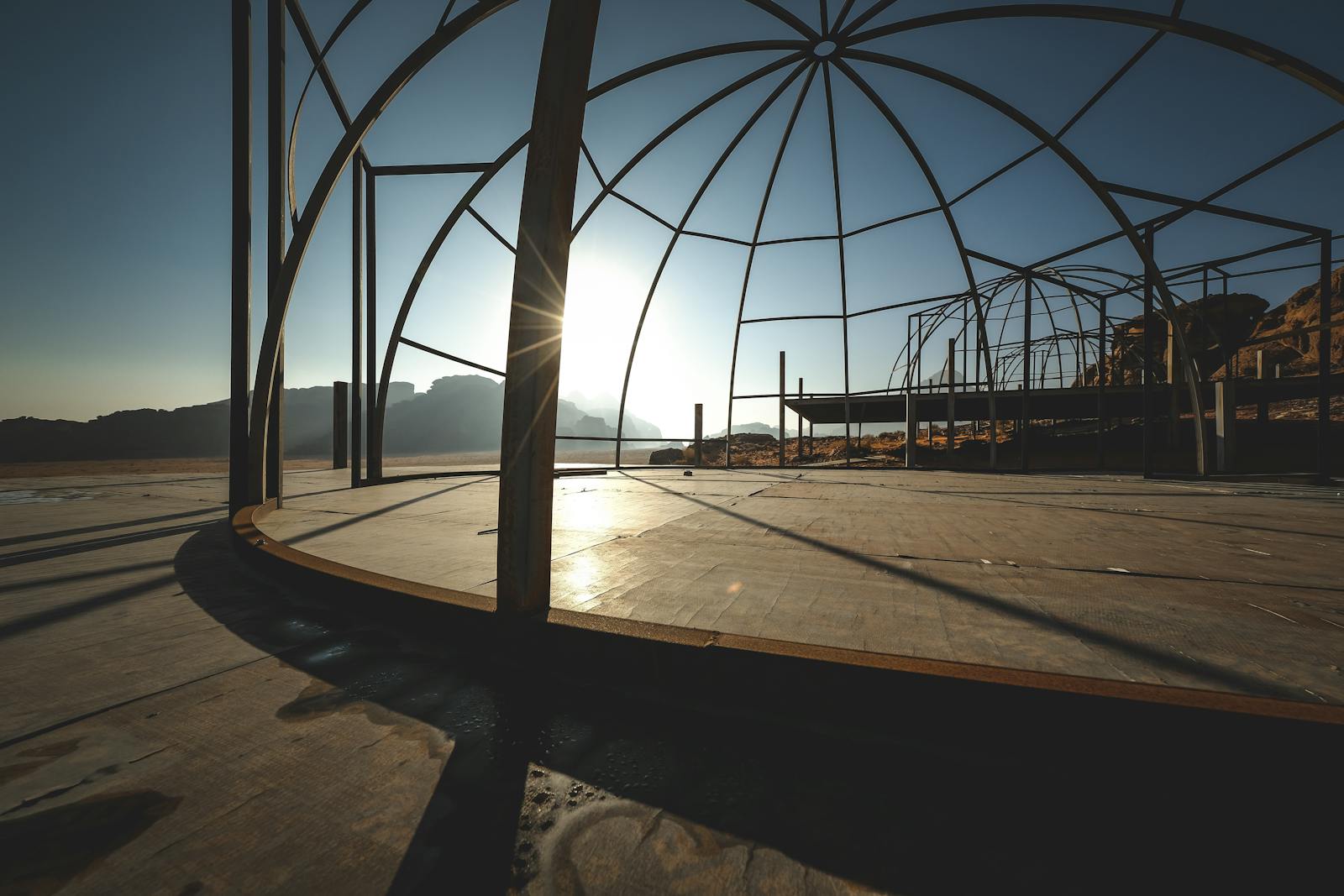 https://climatecrisis247.com/wp-content/uploads/2025/06/15846849-150x150.jpeg
https://climatecrisis247.com/wp-content/uploads/2025/06/15846849-150x150.jpegThis week, a blistering heat dome is baking much of the eastern United States, sending temperatures soaring to triple digits from the Carolinas to New England. More than 96 million Americans were under heat alerts as of Tuesday, with cities like Washington, D.C., New York, and Boston facing some of their hottest June temperatures on record. In parts of North Carolina and Virginia, the heat index is forecast to top 110°F, well above thresholds considered dangerous for outdoor activity.
Running dry? The 10 Cities Facing Emergency Drought Conditions, Water Crises
Whence the next pandemic? Cities Where the Next Pandemic Is Most Likely to Break Out
In recent decades, heat domes have become more frequent, more intense, and longer-lasting. These atmospheric phenomena can linger for days or even weeks, turning cities into ovens and putting enormous stress on human health, energy systems, and agriculture. A breakdown of the science behind heat domes provides a clearer picture of how and why temperatures this week feel so extreme, and what to expect in the future.
1. What Is a Heat Dome?
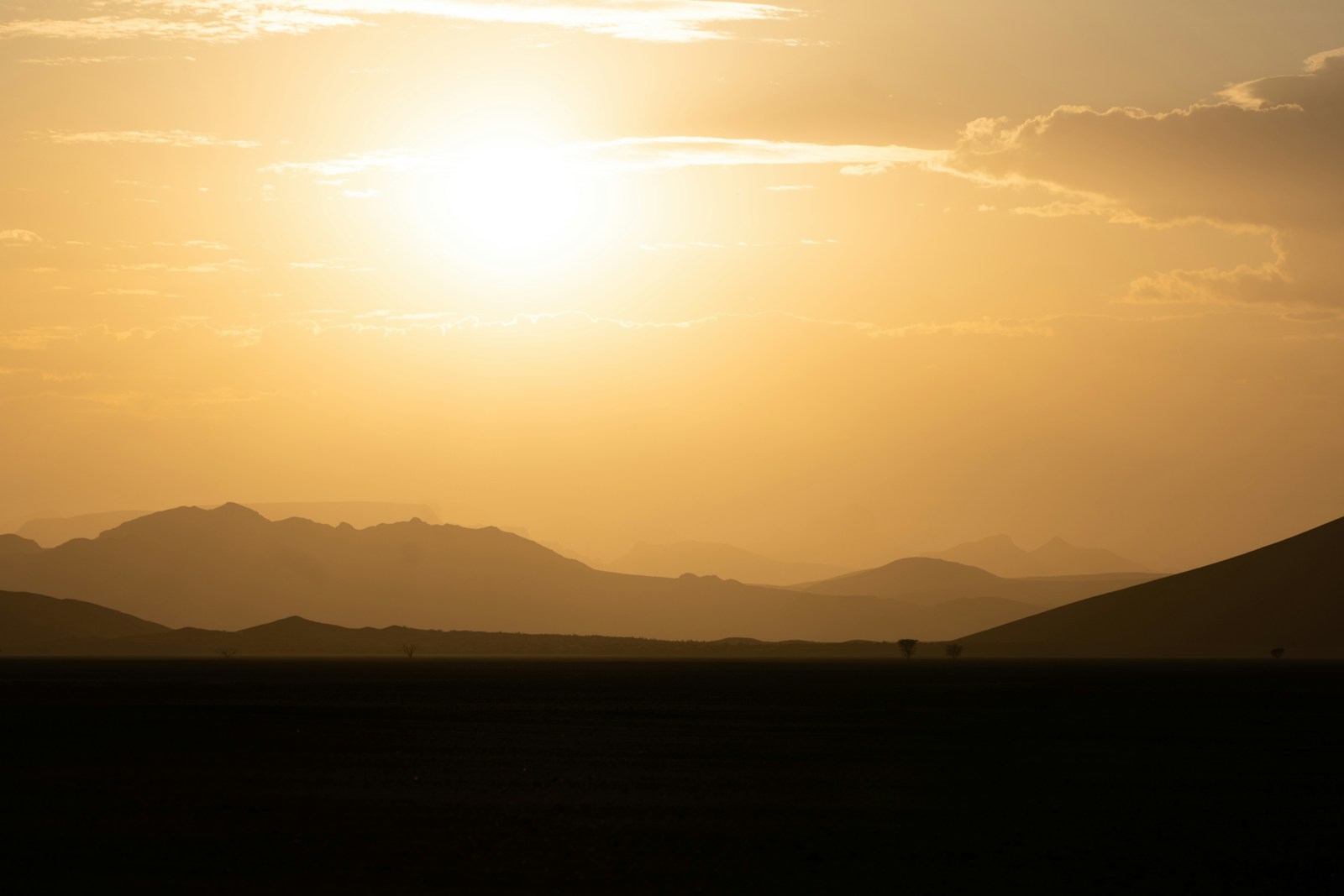
A heat dome occurs when a ridge of high pressure traps hot air over a region for days or even weeks. The air sinks, compresses, and heats up, leading to prolonged and extreme heat at the surface.
2. What Causes a Heat Dome?

When the jet stream weakens or meanders, it can form a high-pressure ridge that traps weather systems in place. Warm Pacific waters, impacted by La Niña and El Niño patterns, can fuel pressure systems and increase the likelihood of a heat dome forming.
3. How Hot Can It Get?

During the Pacific Northwest heat dome of June 2021, temperatures in Portland hit 116°F -- more than 40°F above average for the period. In many cities, records were shattered by 5°F or more. This week, more than a dozen cities are forecast to experience temperatures above 101°F for the first time in recorded history.
4. Heat Domes Break Records
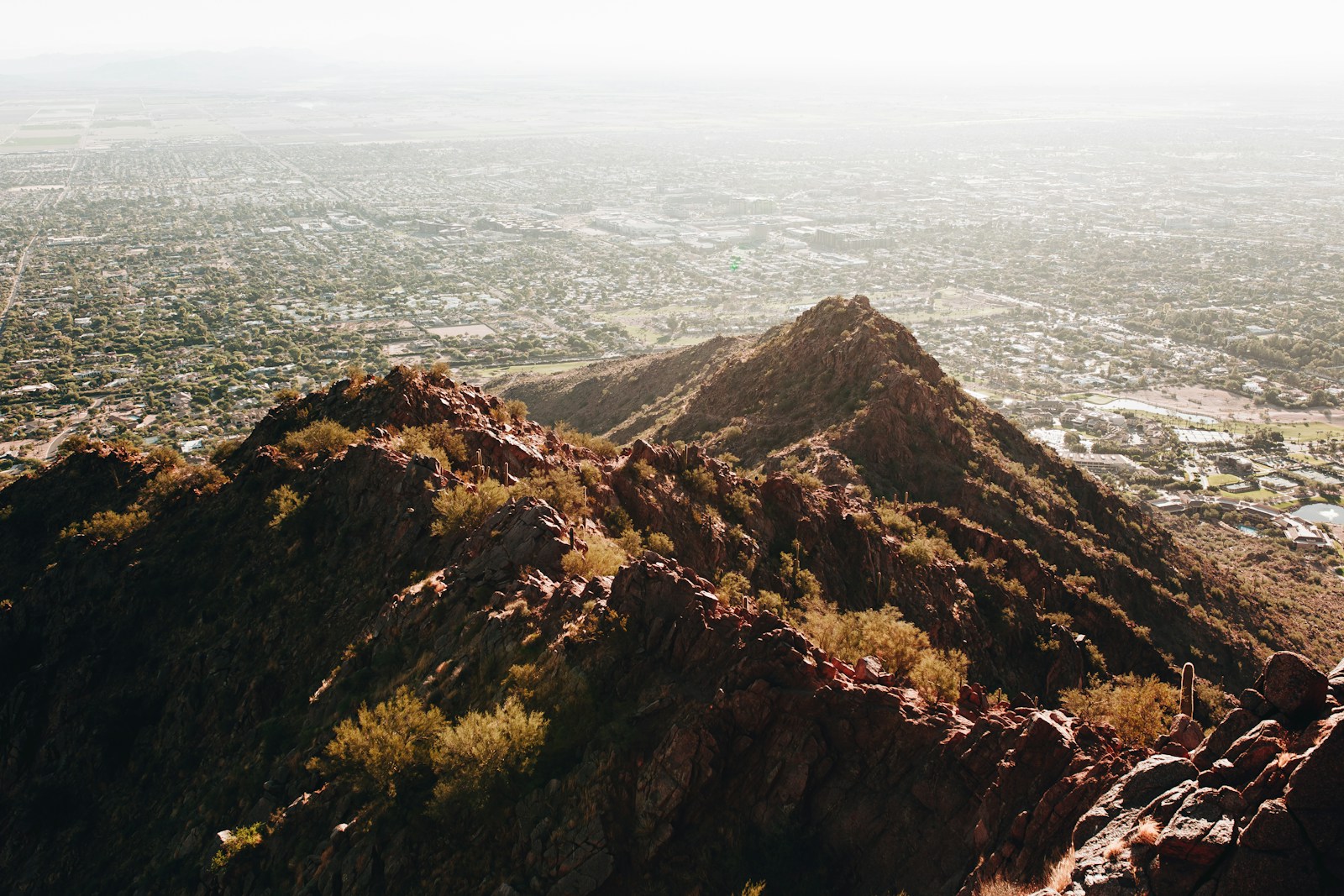
In 2023, NOAA recorded 24 separate +100°F days in Phoenix during one heat dome event -- double the city's seasonal average. Over 1,400 heat records were broken nationwide in July 2023 alone.
5. The Rising Human Toll
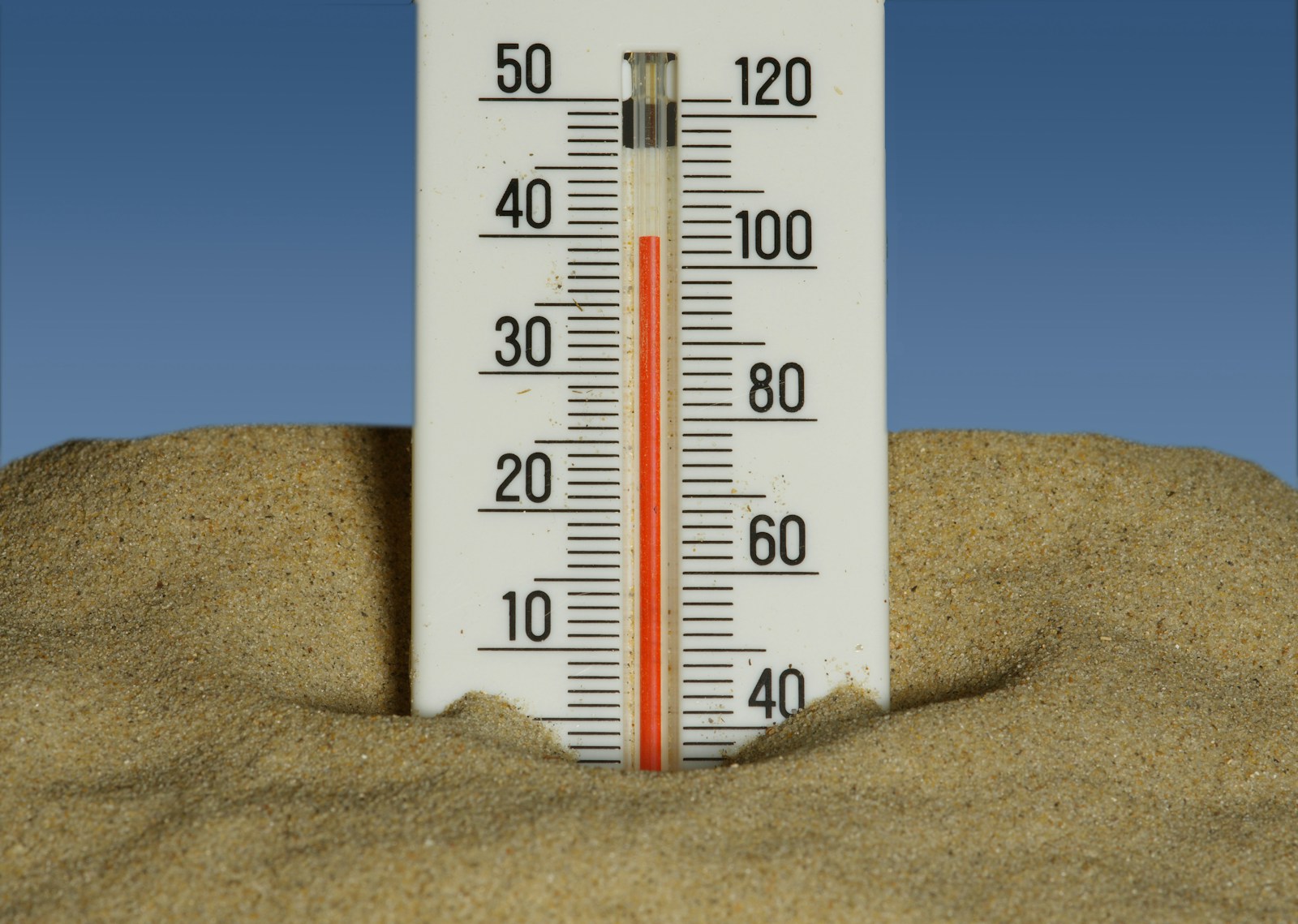
Extreme heat kills more people in the U.S. each year than hurricanes, floods, or tornadoes. In 2022, 1,714 heat-related deaths were reported, a 64% increase from 2010.
6. The Urban Heat Effect

In dense cities, concrete traps heat, pushing temperatures up to 15°F hotter than surrounding areas. During heat domes, hospitals see surges in heat-related ER visits of 30% to 50%.
7. Strain on Agriculture and Power Grids
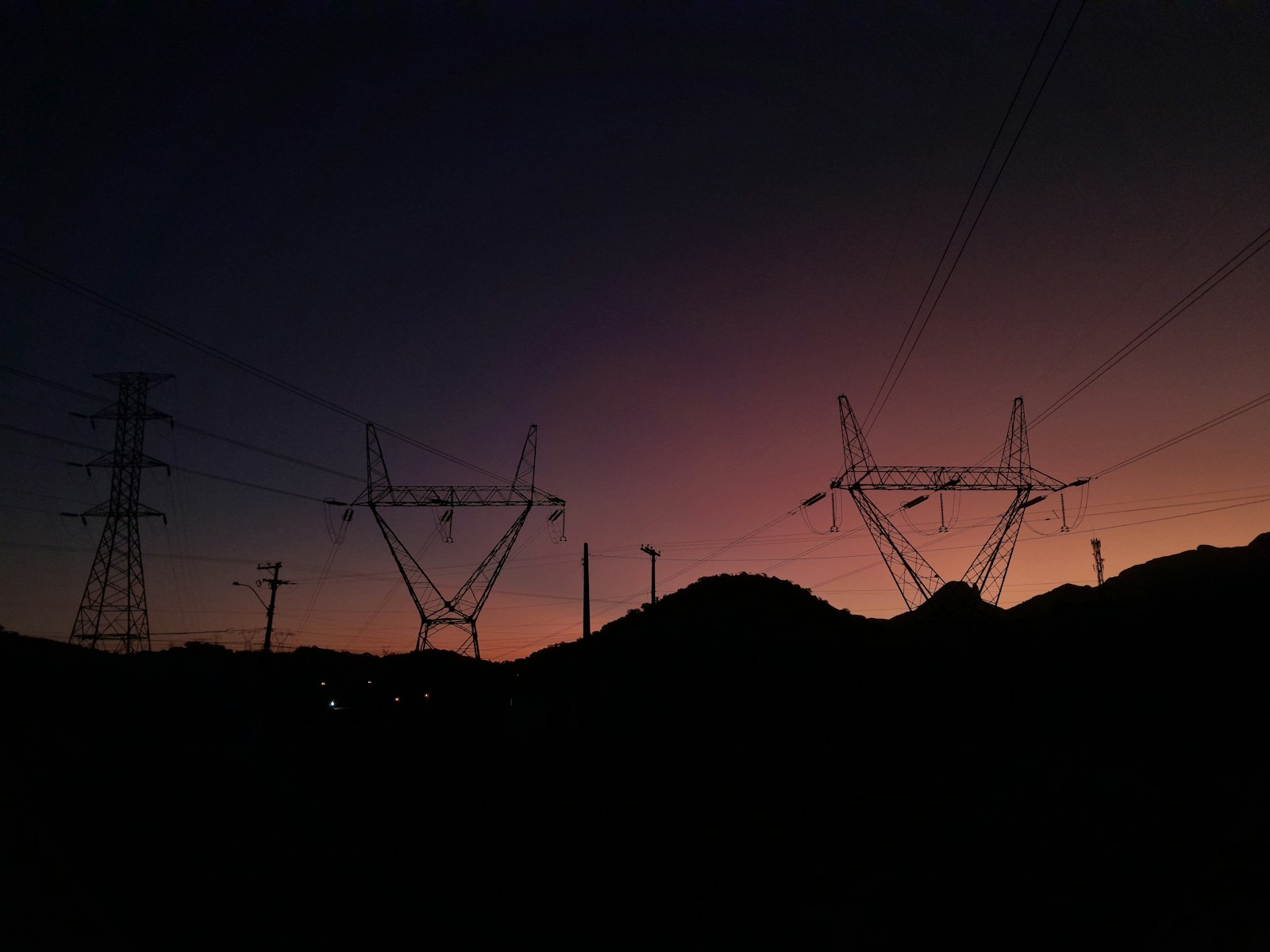
In 2021, the Pacific Northwest lost 40% of its cherry crop due to excessive heat. Power usage spikes during heat domes, and increases the risk of blackouts. Texas power grids hit an all-time high of 85,435 megawatts of demand in July 2023, testing grid limits.
8. Are Heat Domes Getting Worse?
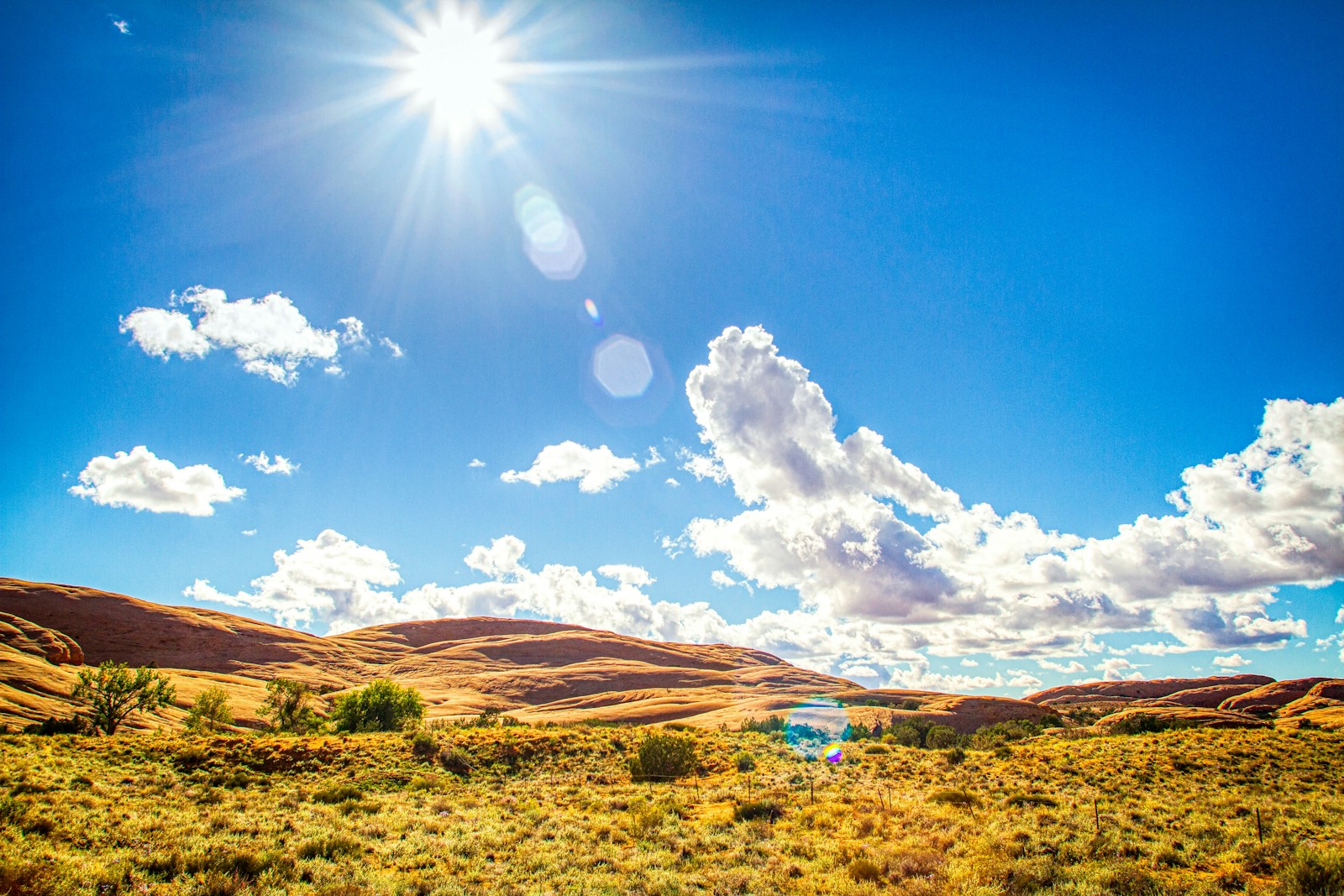
A 2022 study in Nature found heat domes have increased in frequency by 2.4 times since 1950. Climate change is making them last longer -- sometimes 10 to 14 days straight -- and pushing them into new regions.
9. Not Just a U.S. Problem

In 2022, China’s heat dome broke records in 262 locations. Parts of Europe reached 116°F, and India experienced back-to-back domes in May and June, causing school closures and crop failures.
10. Adaptation and Awareness
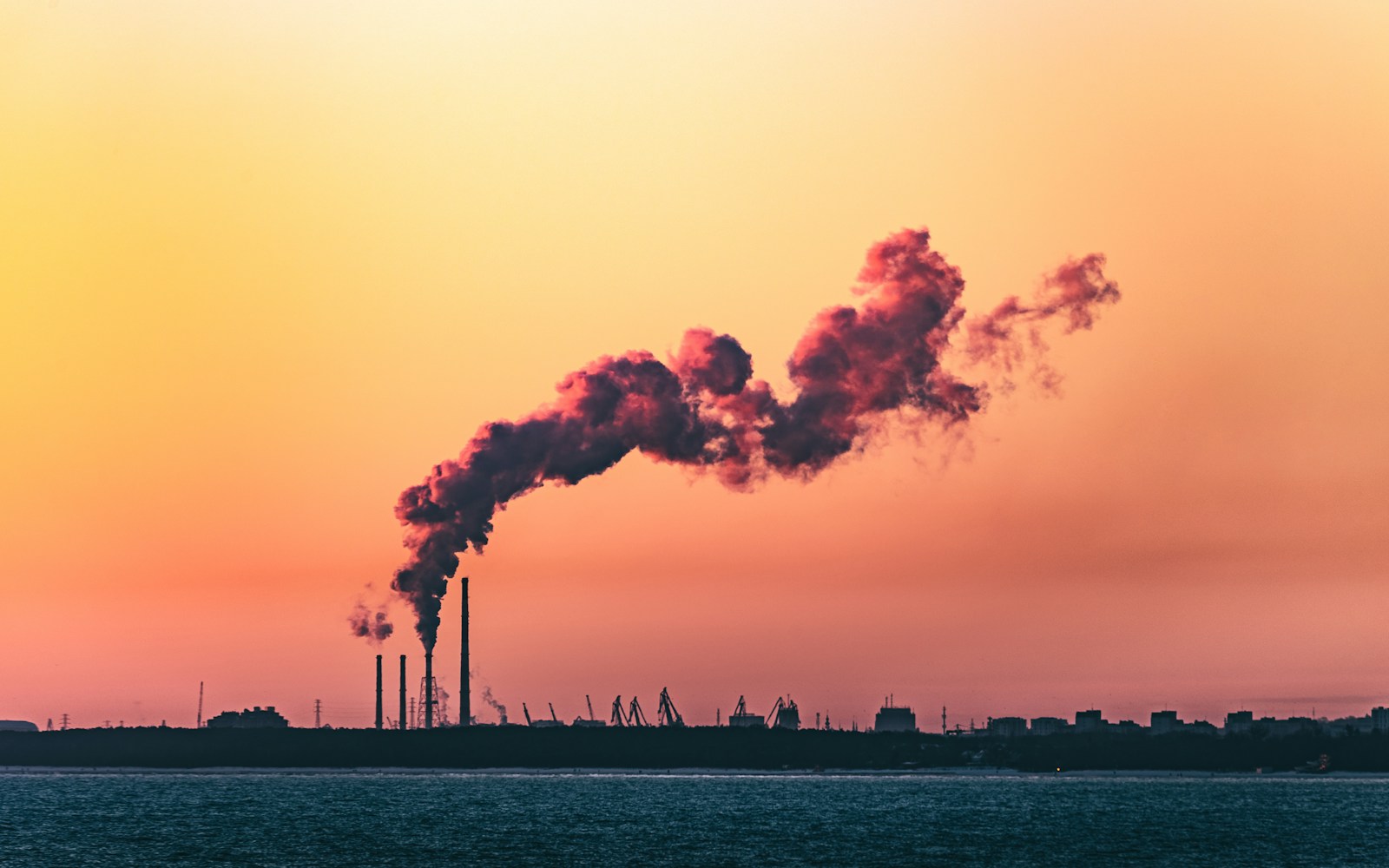
Cities can reduce risk by expanding green spaces, deploying early warning systems, and cooling centers. But without reducing emissions, scientists warn heat domes will only intensify.
More from ClimateCrisis 247
- US Counties Where the Most People Die From Extreme Heat
- Get Ready: The Cities Where the Heat Wave Is Going Next
- These Vacation Hotspots Have Some of The Worst Ozone Levels in the US This Week
- New York, Boston, Other Major Cities Under Heat Warnings Right Now
